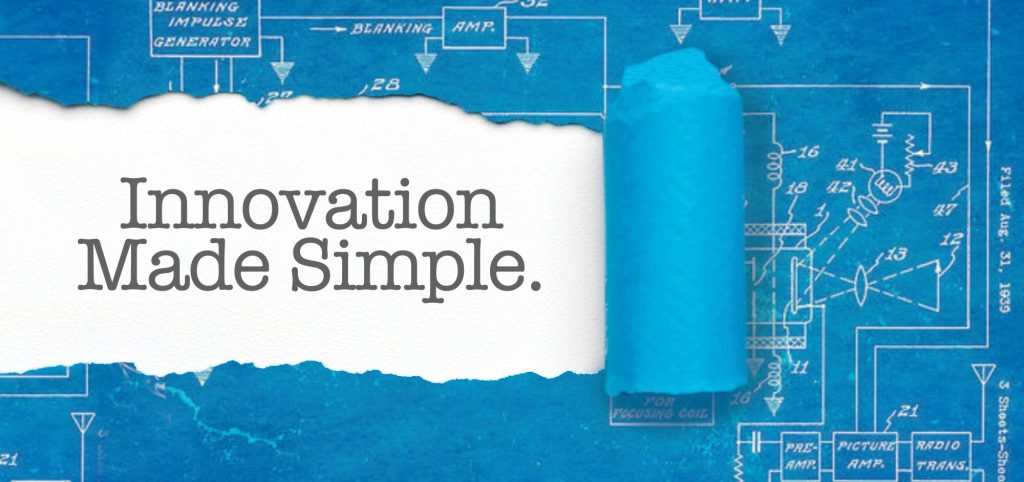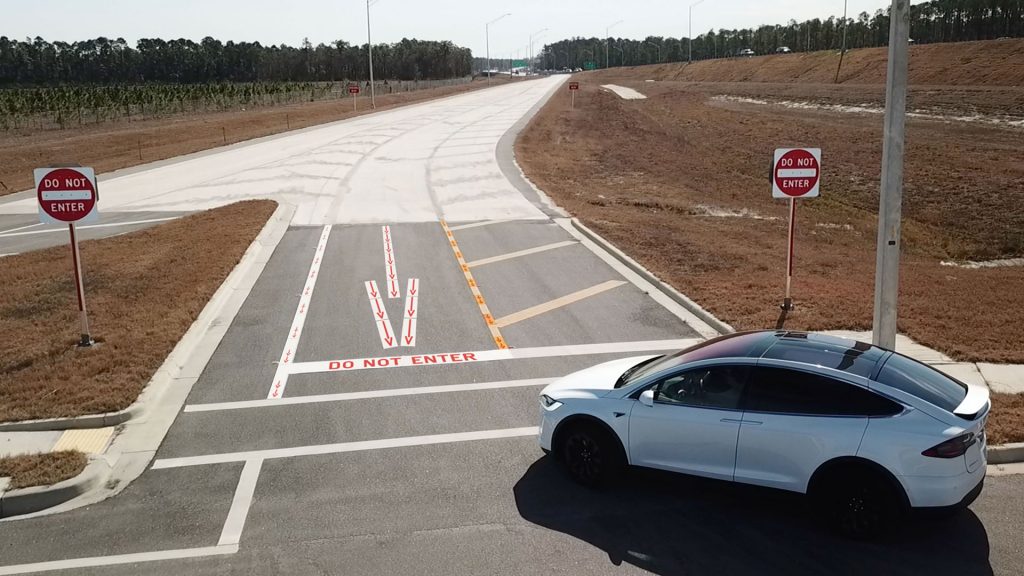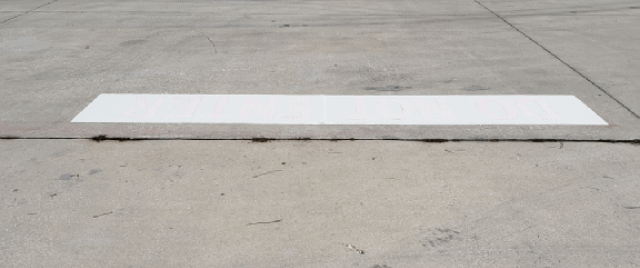Innovation Made Simple

With today’s accelerated technological advancements, it is easy to misinterpret the scope of innovation. Limiting our vision and thoughts to only those things made up of chips and circuits. However, innovation always has and always will, come in many forms. A year or two ago we at PPP adopted the “Safe, Smart, Simple Solutions” motto. We decided that our focus would be the design, development or discovery of solutions that could be described by these three words.
Starting with the word ‘Solution’, to meet our criteria, it must solve a true and relevant problem. It may not be the problem of the week, but it is one that impacts the safety and well-being of our neighbors in this industry or our community.
In the roadway safety infrastructure business, ‘Safe’ means safe for road users as well as those men and women that work on them. Today’s roadways are being designed and used as multi-modal systems that facilitate multiple modes of transportation. Designs must consider cars, trucks, motorcycles, buses, pedestrians, cyclists and the now expanding micro-mobility devices like electric scooters. It’s not just about motorists anymore. Those that install the devices are also to be considered. Every minute longer they must be in the roadway is an increase in their exposure to danger.
When it comes to being ‘Smart’ it should be dynamic in its function or purpose. I tell people all the time, ‘I am not trying to kill two birds with one stone. I want to get the whole flock with that stone.’ Meaning I want something that addresses or serves a multitude of issues or purposes.
With just safe and smart you could get carried away with complexity. So, the third requirement is ‘Simple’. Simple in function, as well as simple in installation, maintenance, and understanding.

Our model ‘Safe, Smart, Simple Solution’ is our LaneAlert 2x wrong-way countermeasure.
As safety goes, it can be used on highways, city streets and even bike lanes. Covering motorists, pedestrians, and cyclists.
It is smart because it is static in its’ form with no electrical or mechanical dependency yet is dynamic in functionality. Changing its appearance as you change your approach.

Lastly, it is simple. Simple to install, simple to maintain and most importantly simple to be understood by the user.
Yes, we need the chips and circuits, but I propose that we don’t lose sight of potential solutions derived from the most basic forms of engineering and design.


